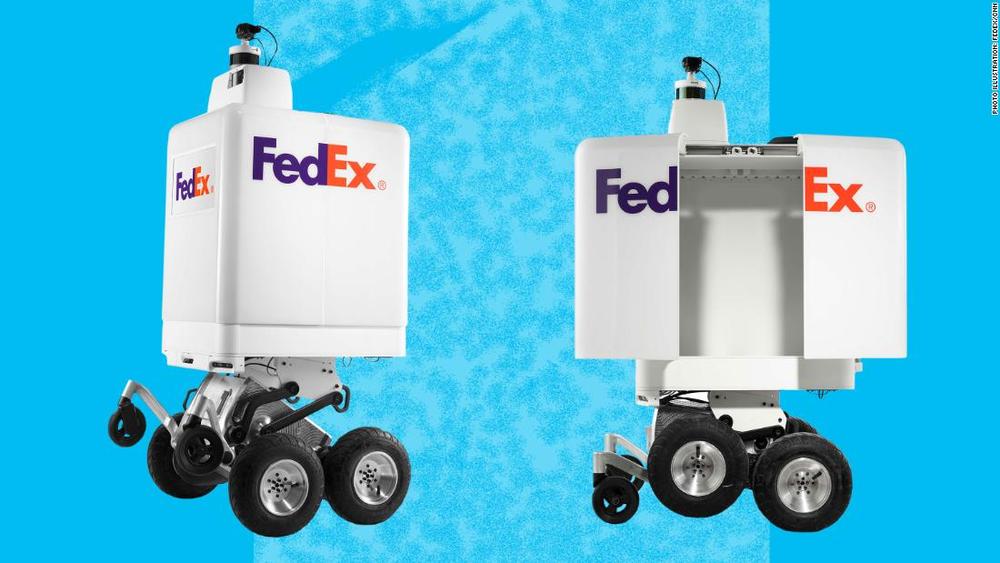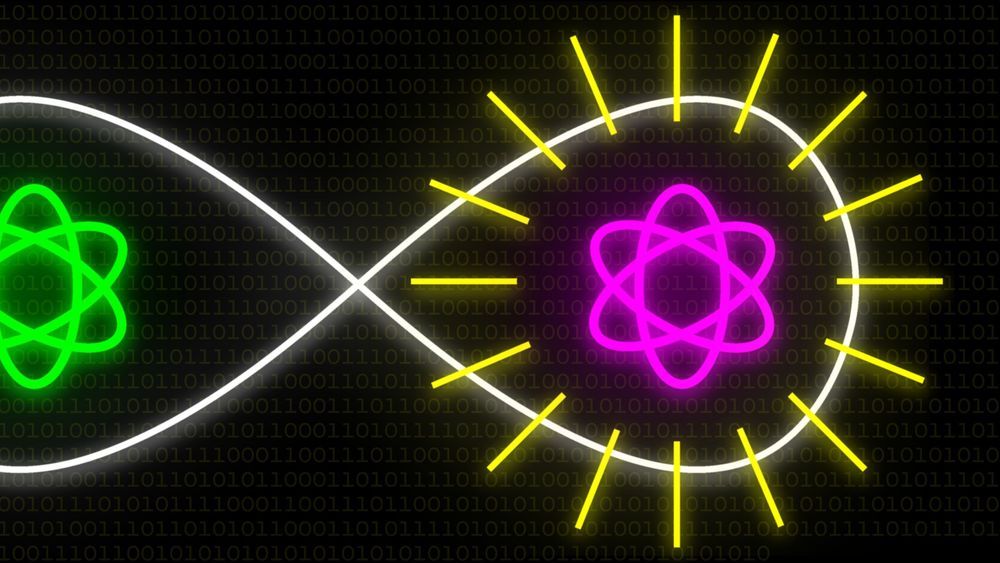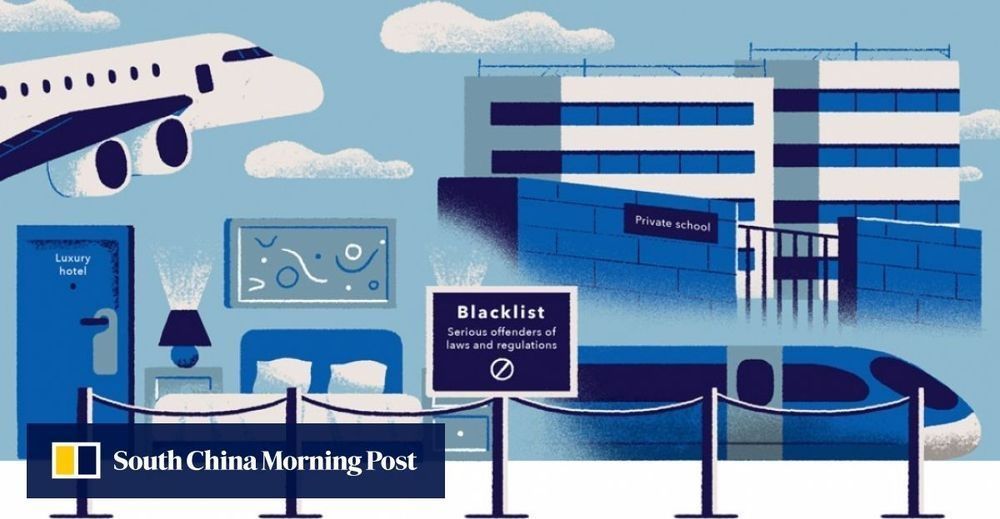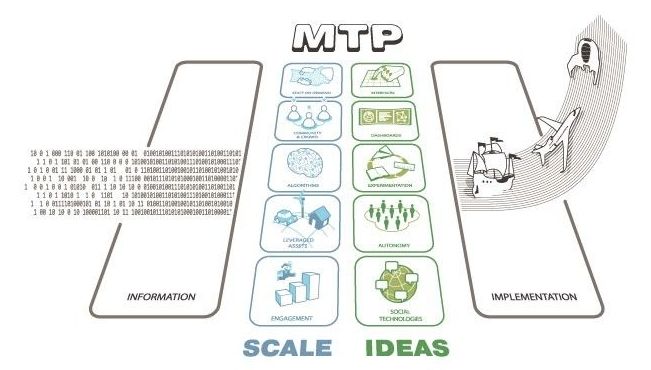This next wave of automation won’t just be sleek robotic arms on factory floors. It will be ordering kiosks, self-service apps and software smart enough to perfect schedules and cut down on the workers needed to cover a shift. Employers are already testing these systems. A recession will force them into the mainstream.
Robots’ infiltration of the workforce doesn’t happen gradually, at the pace of technology. It happens in surges, when companies are given strong incentives to tackle the difficult task of automation.
Typically, those incentives occur during recessions. Employers slash payrolls going into a downturn and, out of necessity, turn to software or machinery to take over the tasks once performed by their laid-off workers as business begins to recover.
As uncertainty soars, a shutdown drags on, and consumer confidence sputters, economists increasingly predict a recession this year or next. Whenever this long economic expansion ends, the robots will be ready. The human labor market is tight, with the unemployment rate at 3.9 percent, but there’s plenty of slack in the robot labor force.









